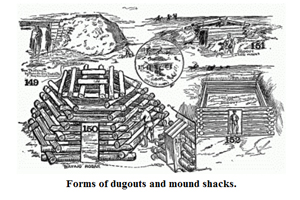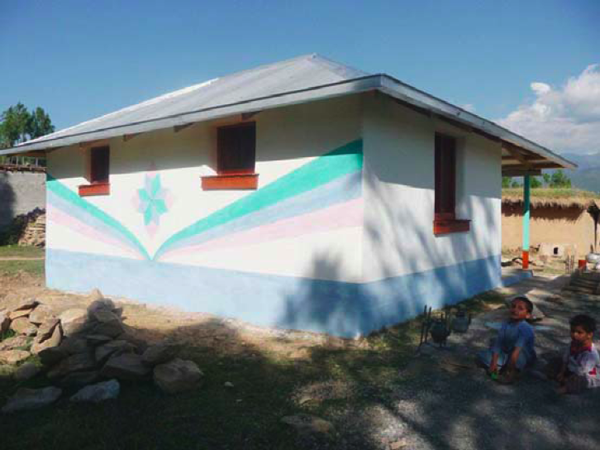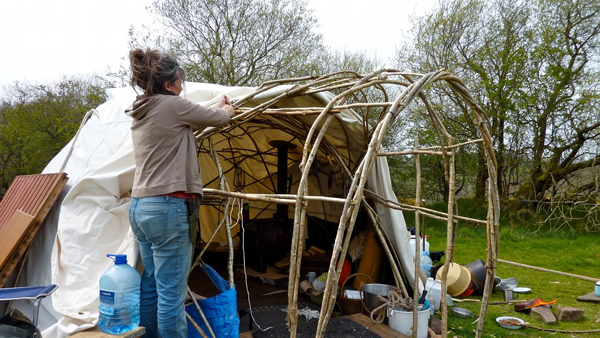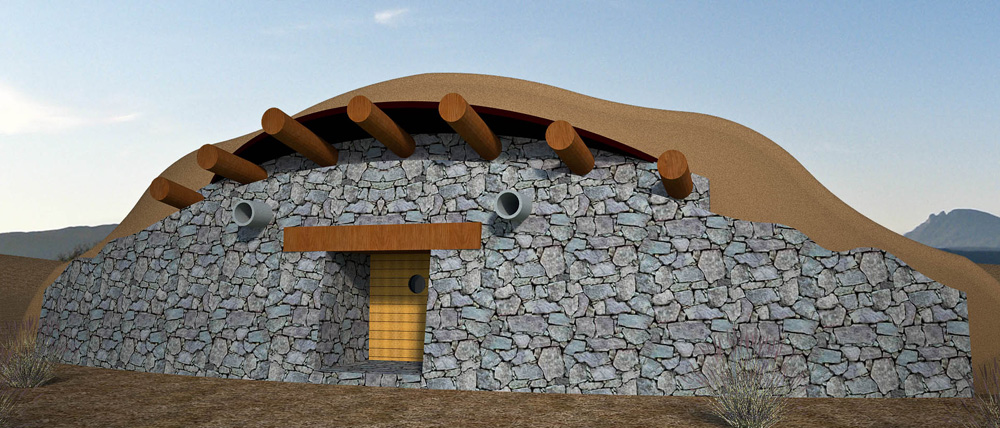
Yesterday’s blog post about the free book Build it With Bales was a big hit and so I decided to add this ebook. Besides making useful temporary shelter for living in while you build something more permanent, a lot can be learned from building structures like this.
Emergency Shelter
Shelters for All Update — One Year Later
It’s been about one year since the Shelters for All $300 House design competition. (Earthbag building was the most popular building method.) Let’s look at the progress made since then. Two videos below show their work in Haiti and India.
$6/square foot Straw Bale Houses in Pakistan

“After the 2005 Kashmir earthquake, Pakistan Straw Bale and Appropriate Building (PAKSBAB) was set up to protect people’s homes against extreme weather conditions. More recently with the catastrophic earthquake in Turkey, I am reminded of the value of homes and family.
Bamboo Shelters in Indonesia
“The International Federations community-based early-recovery programme has supported tens of thousands of quake survivors to take control of their own recovery. With support from trained Red Cross volunteers and students from local universities, affected communities have managed and implemented the construction of more than 14,000 quake-resilient transitional shelters.
Wigwam, Wikiup, Bender Tents/Shelters

“A wigwam or wickiup is a domed room dwelling used by many different Native American cultures. The curved surfaces make it an ideal shelter for all kinds of conditions. These structures are formed with a frame of arched poles, most often wooden, which are covered with some sort of roofing material. Details of construction vary with the culture and local availability of materials. Some of the roofing materials used include grass, brush, bark, rushes, mats, reeds, hides or cloth.”
Earthbag Hidey Hole Shelter

This is the fourth installment about my low cost desert shelters that have been designed with economic refugees in mind. These desert shelters were inspired by Phillip Garlington’s website at Rancho Costa Nada. The Hidey Hole shelter was also inspired by Ran Prieur’s shelter. Ran Prieur is the author of Ran Prieur.com as well as numerous texts such as his free novel Apocalypsopolis and his essay on How to Drop Out. Here’s an interesting article about the cabin he is building and his Frugal Early Retirement FAQ. Both Phil Garlington and Ran Prieur write extensively on how to simplify life, live more sustainably and, as a result, have a better life.
